Equestrian Surfaces – A Guide is a comprehensive handbook produced by the Swedish Equestrian Federation. It breaks down everything you need to know about horse arena footing. In a series of posts, we will cover each chapter. Next up, chapter 2: The Interaction Between the Hoof and the Surface.
THE INTERACTION BETWEEN THE HOOF AND THE SURFACE
The leg and hoof of the horse have withstand great forces when the hoof hits the ground, when it carries the full weight of the horse, as well as well as during turns and when increasing or decreasing speed. Several factors influence the force and load on the leg; the properties of the surface, shoeing, the conformation of the horse, gait, speed and direction.
THE CHAPTER IN BRIEF
At high speed the hoof is only on the ground for a fraction of a second in each stride, but in this brief moment three phases occur, that will affect the horse in very different ways. The forces acting on the leg when the hoof is on the ground will have different directions and magnitude. These effects will also depend on the surface properties (for example, whether the surface is hard or soft), the conformation of the horse and how the horse has been shod, etc. The phases are:
- hoof landing/touchdown – the hoof hits the ground and brakes/slides to a stop.
- support phase/full contact and load – the whole hoofis in contact with the ground and carries the weight of thehorse, (and the equivalent of more at speed – up to twoand a half times the horse’s weight at full gallop and likely considerably higher when landing after a high fence).
- rollover/takeoff – Propulsion into the next stride, when the hoof leaves the ground starting with the heels,and ”rolls” over the toe.
A stride is defined from the time when the hoof touches the ground until the next time it touches the ground in the subsequent stride. The stride is divided into 1) the support phase, when the hoof is in contact with the ground and 2) the swing phase, when the hoof is in the air. The support phase can be subdivided into three parts that are relevant to the discussion of surfaces and their effects on the horse.
Over millions of years, the horse has evolved into having a large body with strong muscles but slim legs and a small, light hoof. This is a requisite for energy efficient, fast running. The modern horse runs on the equivalent of a human middle finger or middle toe. The hoof corresponds to a well-developed nail. When a horse is running fast the braking effect that occurs when the hoof hits the ground is very pronounced. The result is high forces acting on the leg. If the hoof was heavier the forces when the hoof hits the ground would be too high for the leg to withstand. The phases of the support phase:
HOOF LANDING AND BRAKING (TOUCHDOWN)
First only the hoof first touches the ground, with no influence of the body weight. The body then “sinks” closer to the ground as segment after segment (the bones) of the horse’s leg “collide” with each other, rather like a pileup on a road. The hoof landing means a rapid braking effect during which the hoof slides forward and downward into the surface. The impact and braking forces transmit shock waves and vibrations through the hoof, joints and bones in lower part of the leg. The harder the surface and the more grip it has, the more shock waves and vibrations the leg experiences. The hoof is pushed forward into the surface from above, while the top layer of the surface provides traction.
Note: Injury risks in this phase mainly affect the hoof and the distal part of the leg. The greater the braking effect on the hoof from a surface that have a high degree of “grip”, the greater the forces acting on the leg. On a surface with less grip the hoof will slides further and this helps absorb some of the force. Therefore there should be a certain ”slide” in the surface to avoid heavy loads on the lower part of the leg.
SUPPORT PHASE (FULL CONTACT AND LOAD)
The support phase begins when the hoof stops sliding/braking and is in full contact with the ground. The hoof and leg are loaded from above by the full weight of the horse. The fetlock joint sinks towards the ground and the flexor tendons and suspensory apparatus are stretched. This gives the leg a shock absorbing and elastic effect,which is an important contributor to the horse’s running ability.note: The injury risk in this phase mainly affects the tendons,ligaments, joints and bone, due to the large forces they experience. At the end of the support phase the horse in effect braces the hoof against the ground, propelling the leg forward.
ROLLOVER (TAKEOFF)
At that moment surface grip (friction and shear strength) is important for the hoof to get sufficient traction. This final phase before the hoof leaves the ground is called rollover (or breakover). The hoof lifts at the heels first and “rolls over” the toe.
Note: This phase loads the ligaments, the hoof wall and the tip of the coffin bone and there is a final marked stretch of the superficial digital flexor tendon. The result is that the hoof and leg swing forward in a semi-automatic way.
You can read the next chapter on Arenas, their Function and Properties here or read the entire Guide here. And, if you have any questions about your arena footing needs, please contact us.
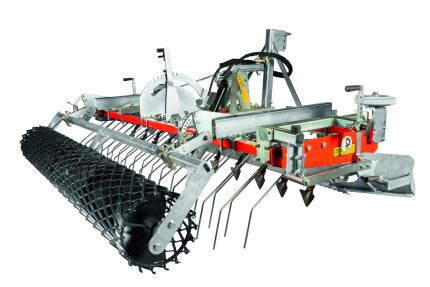
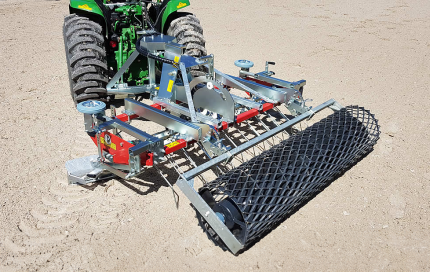
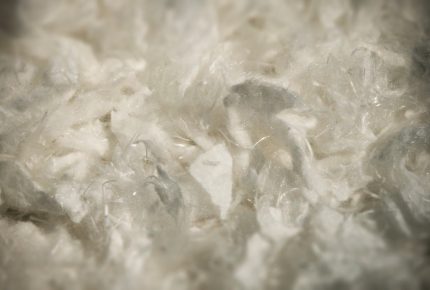
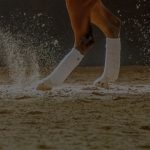 Geotextile Arena Footing
Geotextile Arena Footing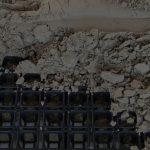 Ground Mats and Grids
Ground Mats and Grids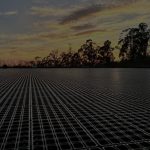 Subsurface Irrigation
Subsurface Irrigation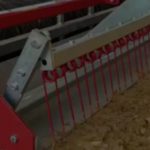 Arena Drags & Groomers
Arena Drags & Groomers Mirrors and Kickwall
Mirrors and Kickwall Horse Wellness
Horse Wellness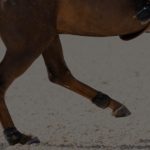 Dust Control
Dust Control